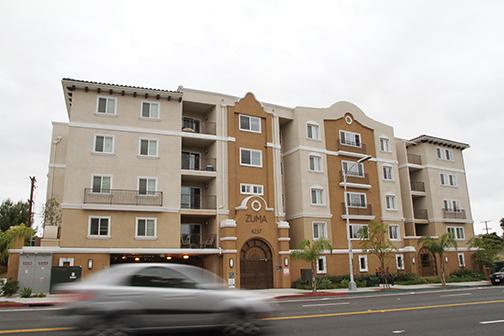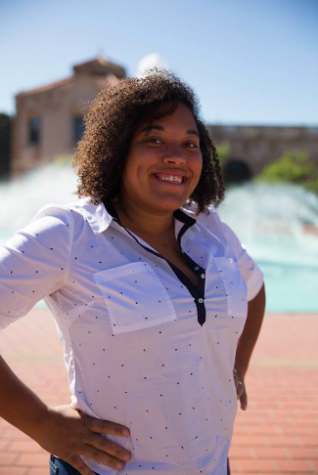
Whether living in on-campus dorms at San Diego State or off-campus apartments, the cost of rent continues to increase for students.
For the 2018-19 academic year, the cost of a double room and 10 Meal Plan will rise to $15,453, up from the $14,725 cost this year, according to Eric Hansen, director of the Office of Housing Administration.
Since the 2008-09 academic year, housing costs have risen by $5,819. After a freeze on housing rate increases from 2009 to 2011 and a decrease by $1,159 for 2011-2012, the housing costs for on-campus living has increased in recent years to cover the increased investment in maintenance and facilities.
“During these years (2009 to 2012), the university was unable to make any significant building investments and there was virtually no preventative maintenance program,” Hansen said via email. “The normal yet accumulative wear and tear of the facilities escalated dramatically.”
As a result, the cost of housing has made several jumps in the past few years to make up for the loss of funds during the freeze.
“The intent and practice has been to reduce the annual rate increases over time and to eventually match increases associated with a consumer price index or the overall cost of higher education indexes,” Hansen said via email. “In the past five years, additional staff in all areas including maintenance and custodial have been hired and all residence halls have had some level of capital renewal implemented. Tenochca and Chapultepec are scheduled to be completed this summer and Maya/Olmeca will be renovated next.”
Off campus, the average monthly cost for a two-bedroom apartment in San Diego has risen from $2,190 in January 2017 to $2,291 in January 2018, according to housing price statistics from Zillow.com. Zillow also reports that the median rental price in San Diego is currently $2,618 compared to the median cost of $1,446 per month throughout the United States.
Driving the increasing cost of rentals in San Diego is a myriad of housing issues, including a lack in production of houses for sale, said Alan Nevin, an economist and housing industry analyst.
With an increase in population of 25,000 to 30,000 people per year throughout San Diego County, the demand for housing continues to grow. Last year, the net gain for the county’s population was 24,000, Nevin said.
“Because we’re not producing enough sale housing, we’re also not producing enough rental housing to take care of our growing population,” Nevin said.
Most current and recent construction projects are for Class A apartment buildings — modern apartments that have been built within the last 15 years and are considered to be of the highest quality.
Currently, the average monthly cost for two-bedroom apartments in San Diego is $3,500 for Class A, $2,700 to $2,800 for Class B (10-20 year old apartments), and $1,800 to $2,000 for Class C (apartments that are older than 20 years). Most apartment buildings in the College Area are Class C apartments, Nevin said.
“Anything near the university is a C apartment, and that’s appropriate because students can’t really afford A apartments, even with four folks to a unit,” Nevin said.
Since developers can make the most money per square footage by building luxury buildings, it is not considered to be economically feasible to build affordable housing projects. A dwindling number of Class B and Class C buildings being maintained has led to limited availability of low-cost and affordable housing, Nevin said.
“The major problems is that the cost of land and the cost of construction in San Diego — along with the government fees — makes it almost impossible to build B-quality apartments, which is what most people can afford,” Nevin said. “If you were to go to (University of Nevada, Las Vegas) or (Arizona State University) in Tempe, or University of Arizona in Tucson, those universities are surrounded by thousands of B-quality apartments, and they’re more than adequate. But here in San Diego, we just don’t have enough of them, especially around the universities.”







